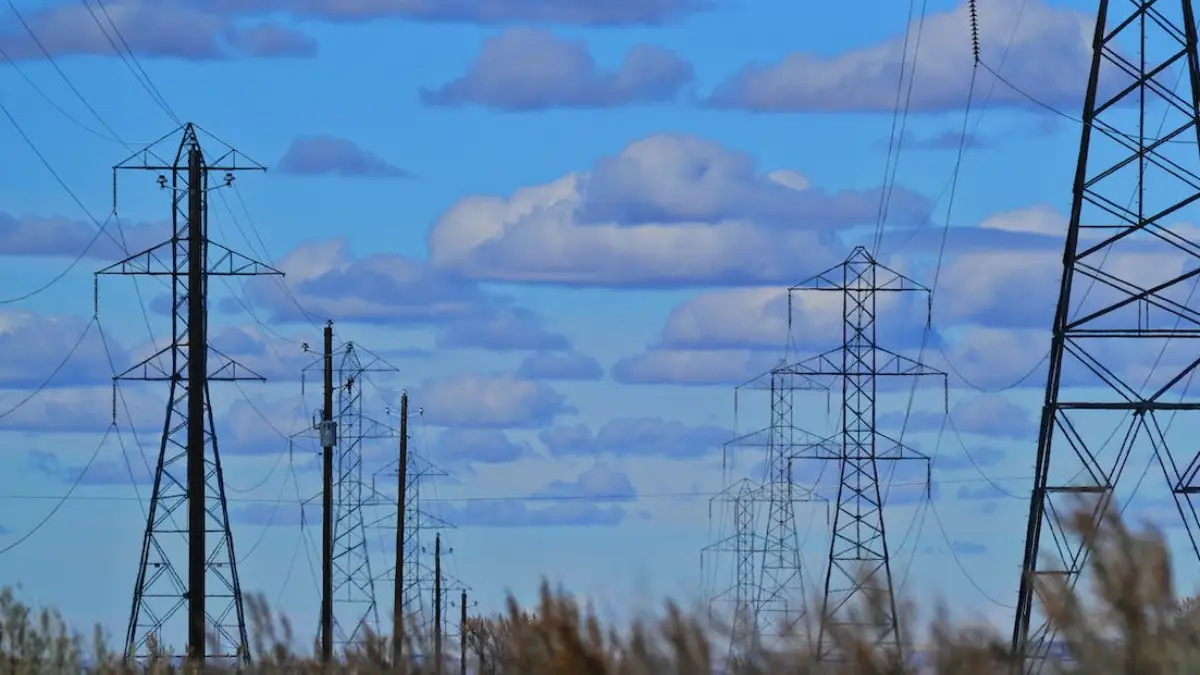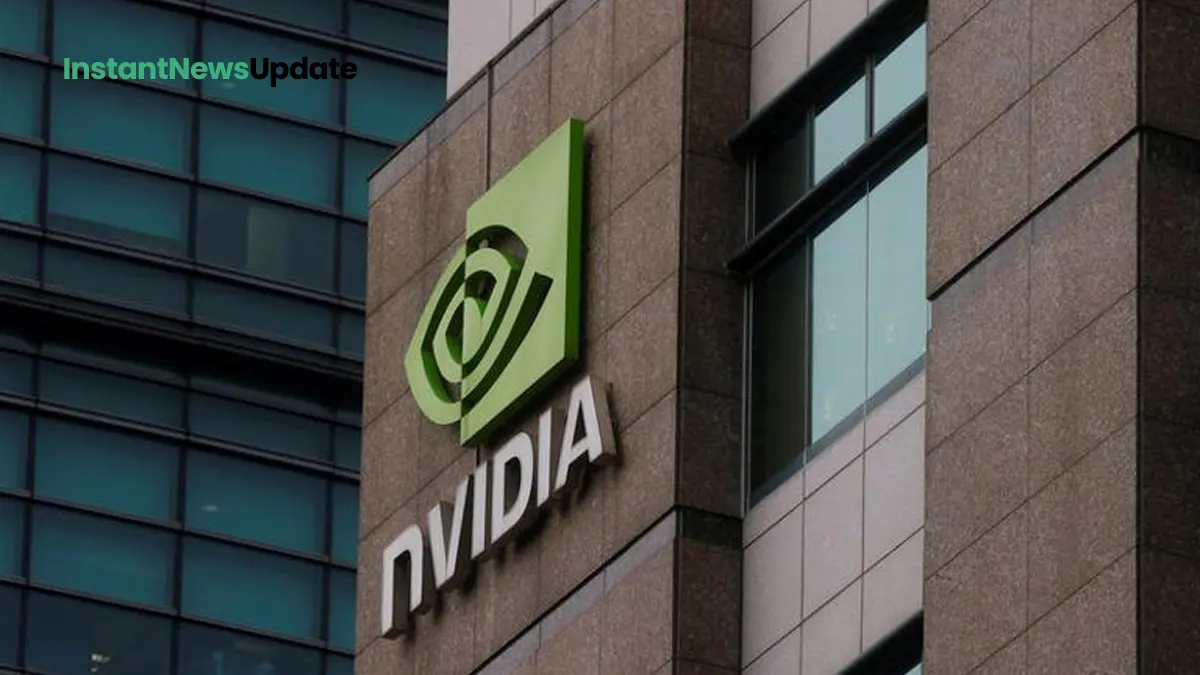NASA’s OSIRIS-REx to Return on September 24
NASA’s groundbreaking OSIRIS-REx mission, the first US mission to collect an asteroid sample, is set to make its triumphant return to Earth on September 24. The mission achieved a historic feat in October 2020 by briefly touching down on the surface of the asteroid Bennu and collecting a valuable sample of dust and rock.
India’s Lunar Success with Chandrayaan-3
India has joined the ranks of space-exploring nations, including the USA, Russia, and China, by successfully landing the Chandrayaan-3 spacecraft on the Moon. Launched by the Indian Space Research Organisation (ISRO), this spacecraft touched down at the Moon’s south pole, a region of particular interest for astronomers due to its potential water ice reserves within deep craters.
Comet C/2023 P1 Nishimura
Renowned astronomer Hideo Nishimura of Japan has captured a new comet, and it now bears his name: Comet C/2023 P1 Nishimura. With hopes of its brightness being visible to the naked eye during September, this comet will be at its closest point to Earth on Tuesday, September 12, at a distance of 77.9 million miles. Be prepared to rise early in the morning, find an unobstructed view of the eastern horizon, and use binoculars to potentially spot this celestial phenomenon.
Harvest Moon: A Seasonal Delight
The Harvest Moon, the full Moon closest to the autumnal equinox, graces our skies. For several consecutive nights, a brilliant full Moon will rise shortly after sunset. In days past, this lunar event allowed farmers to work late into the evening, thanks to the moonlight. This year’s Harvest Moon is also a “supermoon,” the third closest of 2023, appearing at a distance of 224,658 miles.
Exploring the Autumn Sky
Astronomer and writer Katrin Raynor shares insights into the celestial wonders awaiting us this season. From the last supermoon of the year in September to opportunities to observe the constellation Taurus and the stunning Orion Nebula in October, she offers tips for both backyard and dark sky enthusiasts.
Autumn Equinox: Marking the Transition
On September 23 at 7:49 AM, we mark the autumn equinox, a day when the sun shines directly over the Earth’s equator, signaling the shift from longer days to longer nights.
Beginner’s Corner: Stargazing Made Easy
For beginners, using the Moon as a guide can help locate notable stars in the night sky. Throughout September, the Moon will align with stars such as Pollux, Regulus, Spica, and Antares, offering valuable practice for budding stargazers.
Planets Align for a Celestial Show
Mercury and Venus grace the morning sky, with Mercury rising an hour before the Sun by month’s end. Venus, a magnificent sight, is visible for up to four hours in September. Keep an eye out for a spectacular pairing of Venus and a crescent Moon on September 11 and 12.
Upcoming Astronomical Society Meetings
Several astronomical societies are hosting meetings this month, featuring topics like “Criminals in Astronomy” and the “Chelyabinsk Meteor.” These gatherings provide excellent opportunities for enthusiasts to expand their knowledge and meet like-minded individuals.
Moon Phases and Sunrise/Sunset Times
Stay informed about the moon phases in September, including the Third quarter on September 6 and the Full Moon on September 29. Additionally, track the changing sunrise and sunset times as we transition into the autumn season.









